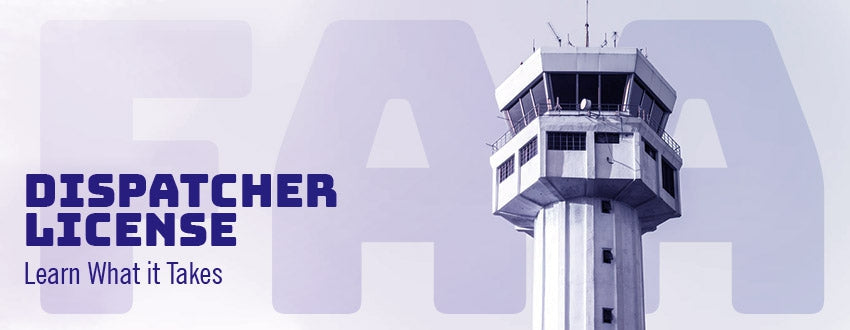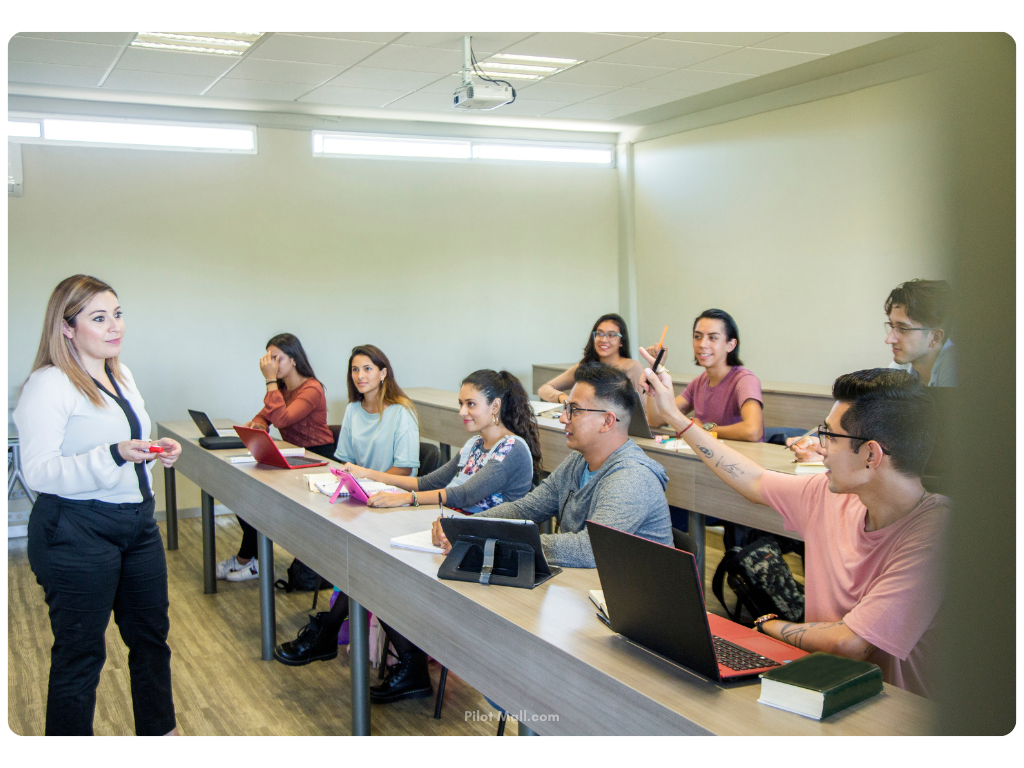Acquiring an FAA Dispatcher License - Learn What it Takes
Do you love aviation and flying, but don't want to be a pilot? Well, let me introduce you to the exciting role of an aircraft dispatcher. Aircraft dispatchers are the heroes behind the scenes that keep everything in aviation operating smoothly.
In this article, we'll explore what it takes to become an aircraft dispatcher.

Featured Pilot Gear
Browse our selection of high-quality pilot supplies! Your purchase directly supports our small business and helps us continue sharing valuable aviation content.
Do you love aviation and flying, but don't want to be a pilot? Well, let me introduce you to the exciting role of an aircraft dispatcher. Aircraft dispatchers are the heroes behind the scenes that keep everything in aviation operating smoothly.
In this article, we'll explore what it takes to become an aircraft dispatcher.
Table of Contents
 What Does an Air Dispatcher Do?
What Does an Air Dispatcher Do?
Dispatchers work for passenger airlines, cargo carriers, and other transportation companies with fleets of planes. Dispatchers are key players in the operational success of these companies. They are a pilot’s trusted partner on the ground, keeping planes running safely and on time.
FAA Dispatcher Responsibilities
- Monitoring weather developments
- Developing flight plans
- Making real-time adjustments to flight plans to account for weather or other unexpected situations
- Maintaining communications with flight crews
Aviation experts predict an overall growth in the industry, which is expected to result in high demand for certified dispatchers.
 How is This Different From Air Traffic Control?
How is This Different From Air Traffic Control?
You may be wondering, how is this different from an air traffic controller? They also communicate with pilots and have the authority to redirect flights during bad weather and unexpected emergencies.
The key difference is that air traffic controllers work for the Federal Aviation Administration. They are only responsible for monitoring a flight from the moment it enters their air space until it leaves, whereas a dispatcher’s responsibility is from pre-flight through post-flight.
 Air Dispatcher Salary
Air Dispatcher Salary
The salary for an Aircraft Dispatcher can vary, depending on the specific airline or business they are working for. There may also be ranks within the dispatcher position, with new hires typically starting at around $35,000-$40,000 a year at an Express Carrier. With experience, this can increase to an annual salary of up to $60,000.
For those aspiring to work as an experienced Dispatcher at a Major Carrier, salaries can start at around $60,000 and potentially reach up to $150,000 per year.
It's important to note that most positions in the industry are seniority-based and involve shift work. This means that new hires may initially have to work all shifts, including midnights and holidays until their seniority allows them to choose their preferred shifts.
 How to Earn an Aircraft Dispatcher License
How to Earn an Aircraft Dispatcher License
Are you interested in obtaining your FAA dispatcher license? Good! There are a few key things you'll need to succeed in this role.
First and foremost, you'll have to attend an FAA-approved school and complete 200 hours of training over 4-6 months(you'll be able to determine how you want to spread out your training).
Keep in mind, that the knowledge needed for an FAA Dispatcher certificate can be extensive, it's not all just classroom studying and written tests—there will also be practical exams to demonstrate your skills.
What You Need to Know About Training
Being a dispatcher requires an FAA license and meeting the minimum requirements
FAA Dispatcher Requirements
- You must be at least 23 years old.
- You must have a high school diploma or equivalency.
- You must speak English
- You must undergo 200 hours of training with an FAA-approved program (4-6 months of training)
- You must pass the FAA Aircraft Dispatcher Knowledge Test and Practical Test
Assuming you meet the first three prerequisites, you’re ready to move on to training. Training courses are available through a multitude of colleges and universities as well as flight schools and other outlets. You can take your training in a traditional classroom setting or online.
Once you’ve found a program, it’s a good idea to confirm that they are FAA approved.
Training covers a multitude of topics, including:
- U.S. regulations and laws
- Meteorology
- Weather interpretation
- Principles of Air Navigation
- Air traffic control procedures
- Aircraft loading, weight, and balance
- Decision-making and judgement
- Crew communication and coordination
If you have previous experience as a pilot or in the aviation industry, you may be able to substitute that experience for a portion of the minimum 200 hours of training.
After completing the course, you’re ready to take the FAA test.
Knowledge and Practical Tests
The FAA allows you to take the knowledge test as early as 21, even though you cannot earn your certification until age 23.
The knowledge test is a multiple-choice examination that covers the topics you learned about in training. It is 80 questions long and you have 3.5 hours to finish.
You must score at least 70 percent to pass.
The practical test takes place with an examiner. Test takers must show that they can plan flights, dispatch planes, and develop and communicate emergency procedures.
If you’re nervous about the practical test, Pilot Mall can help you make sure you are as prepared as possible.
 Cost of an Aircraft Dispatcher License
Cost of an Aircraft Dispatcher License
Looking to enroll in an aircraft dispatch school? Be prepared to shell out anywhere from $4,000 to a whopping $20,000 for your education. The pricing is incredibly reasonable considering it provides a long and stable career option. But don't be fooled, being a Flight Dispatcher is no easy task—it requires a vast amount of knowledge and can be highly stressful.
That's why it's necessary to carefully research and choose the best school that fits your individual learning style. Don't let the cost scare you away from getting the proper education for this important career path.

|
ASA Oral Exam Guide: Aircraft Dispatcher, 3rd Edition (Softcover)This Aircraft Dispatcher Oral Exam Guide prepares you for the exam with an explanation of the certification process, knowledge requirements in a question-and-answer format, and reference materials for further study. |
Interested in Aviation-based Careers?
Our guides are designed to help!
Did you find this article helpful?
Do you think we missed anything important or made a mistake? Let us know in the comments below!































1 comment
Aircraft dispatcher oral exam guide is aviable in soft copy.?